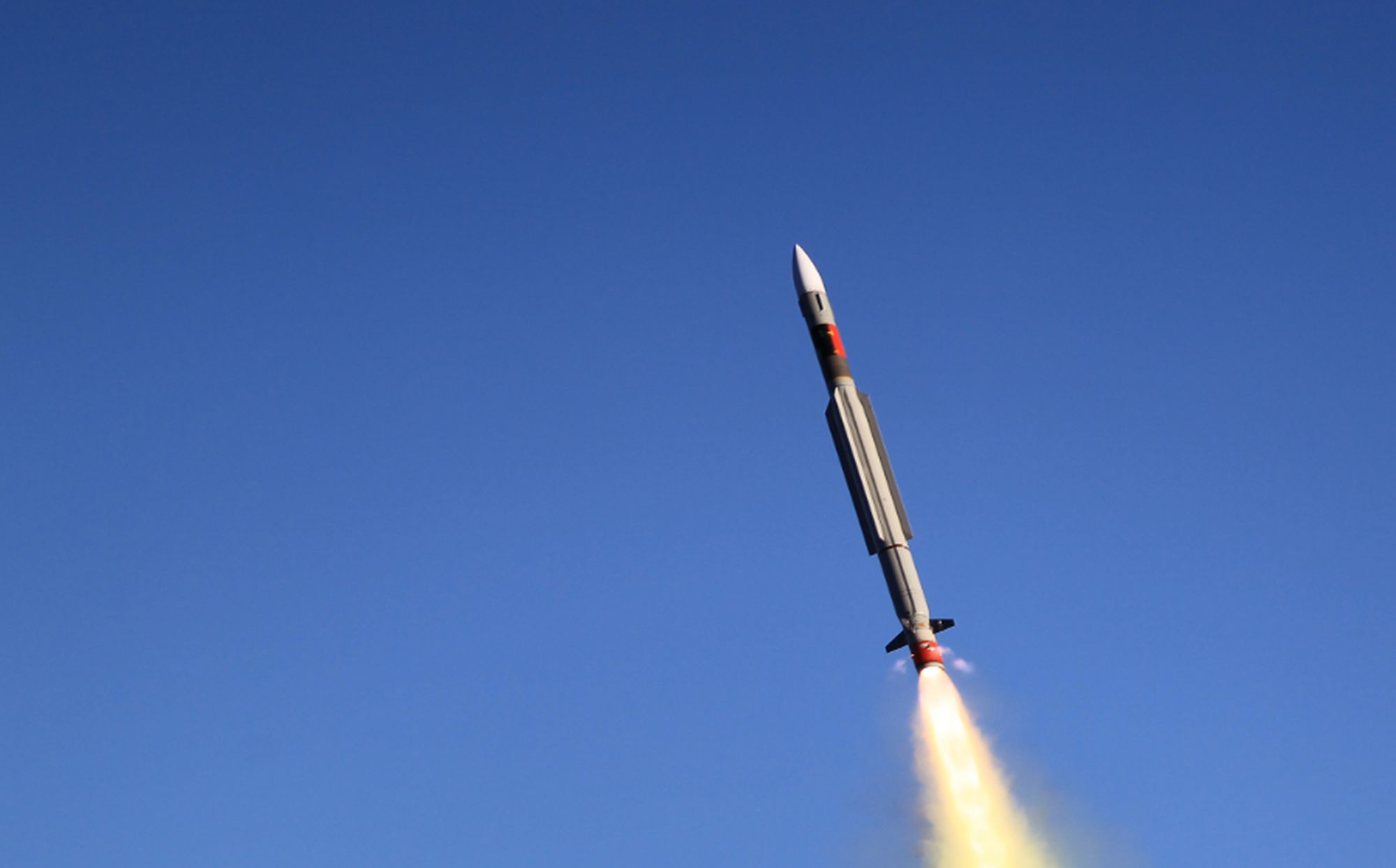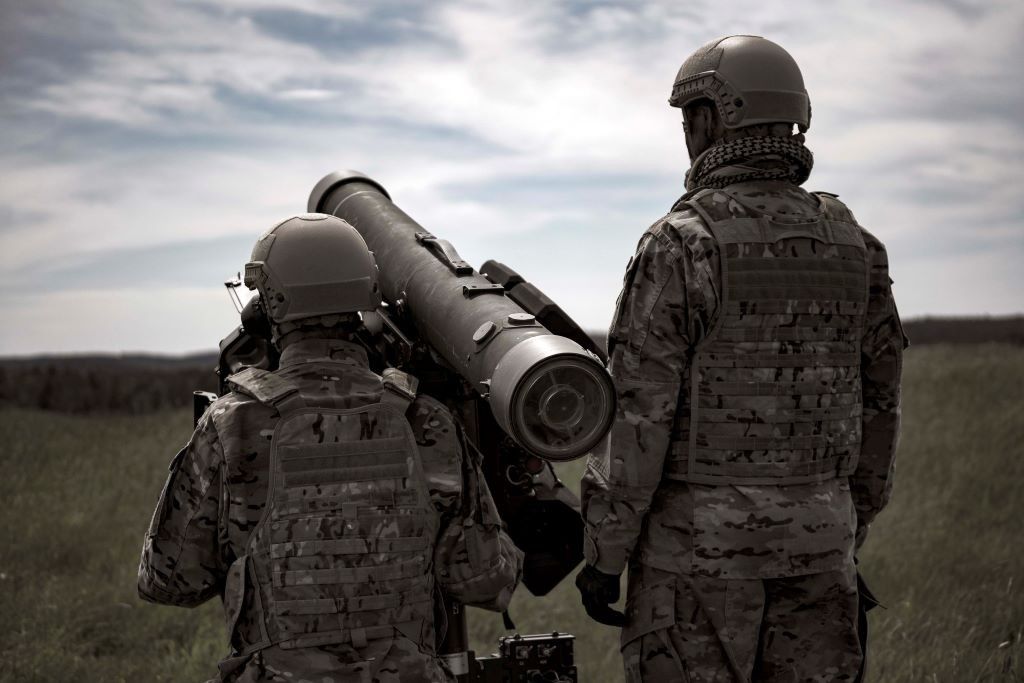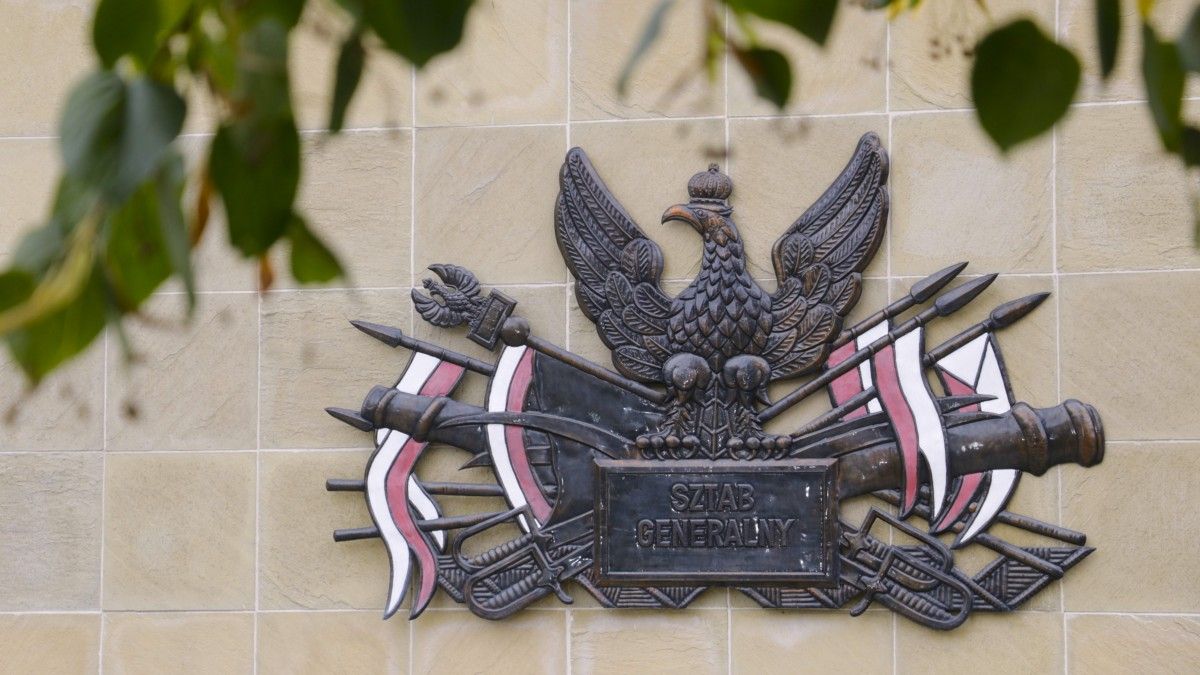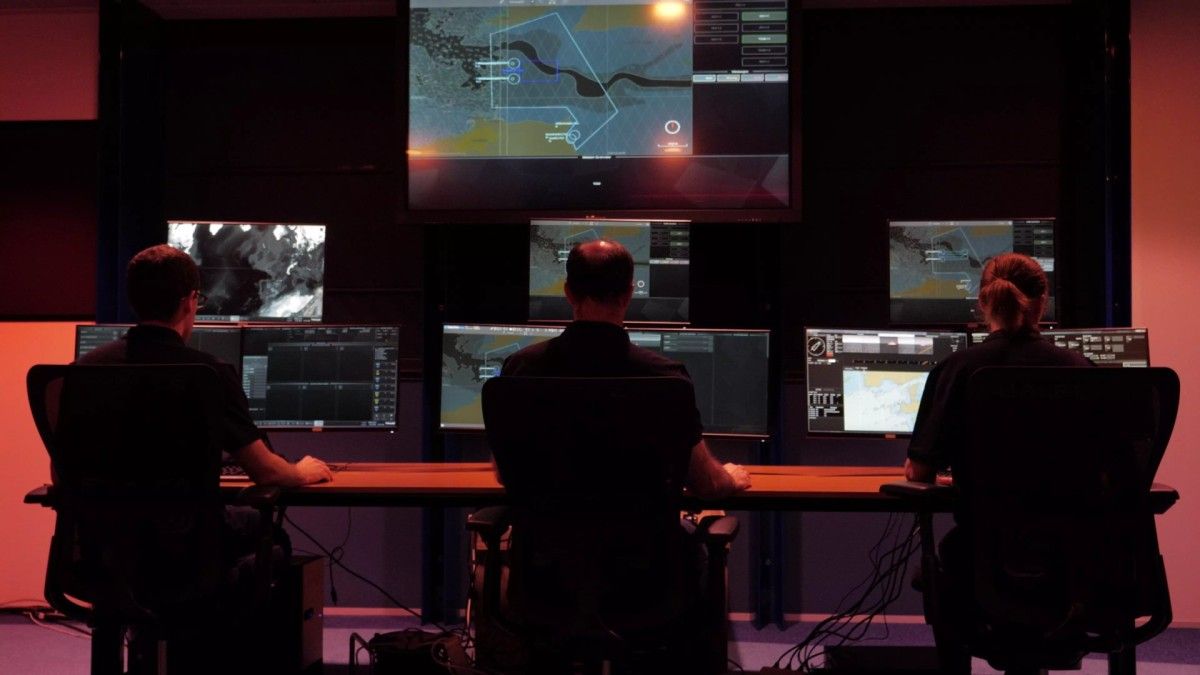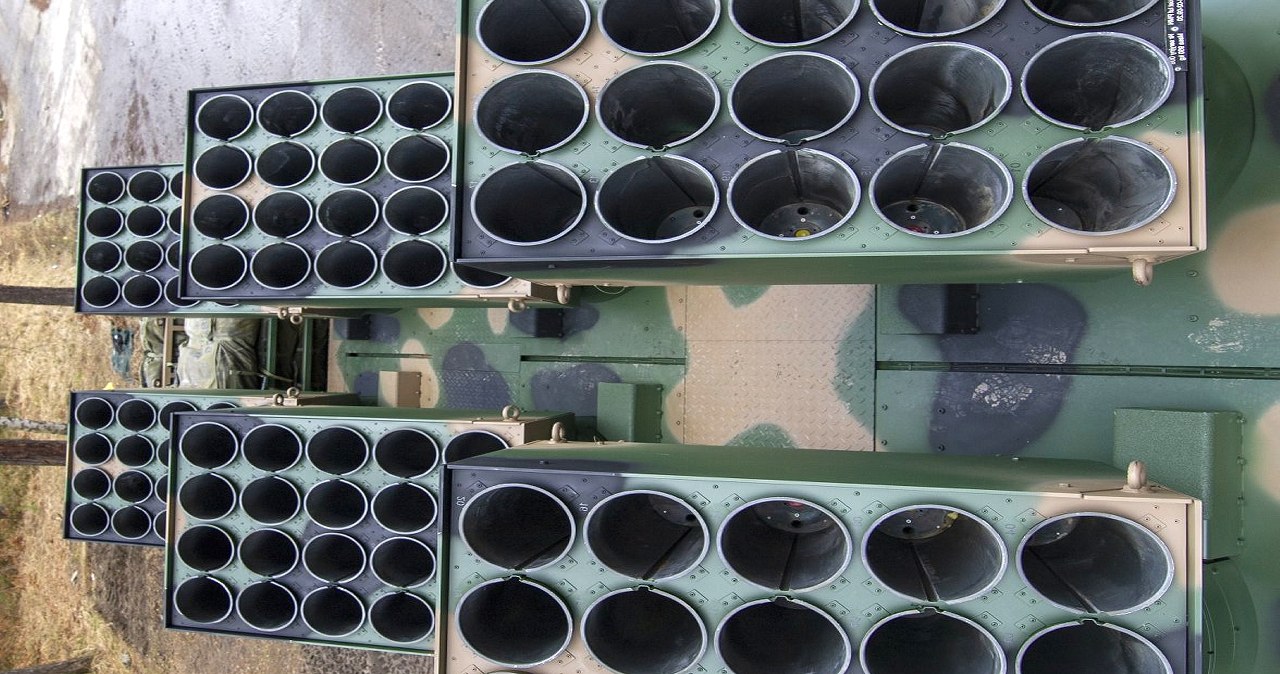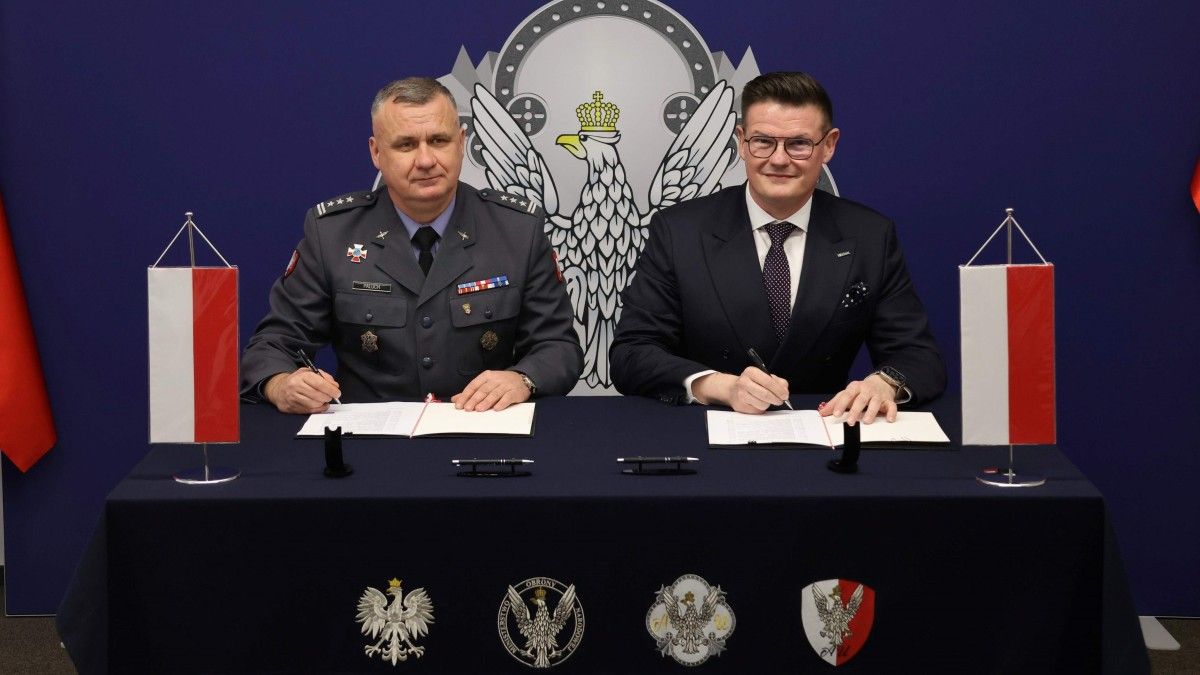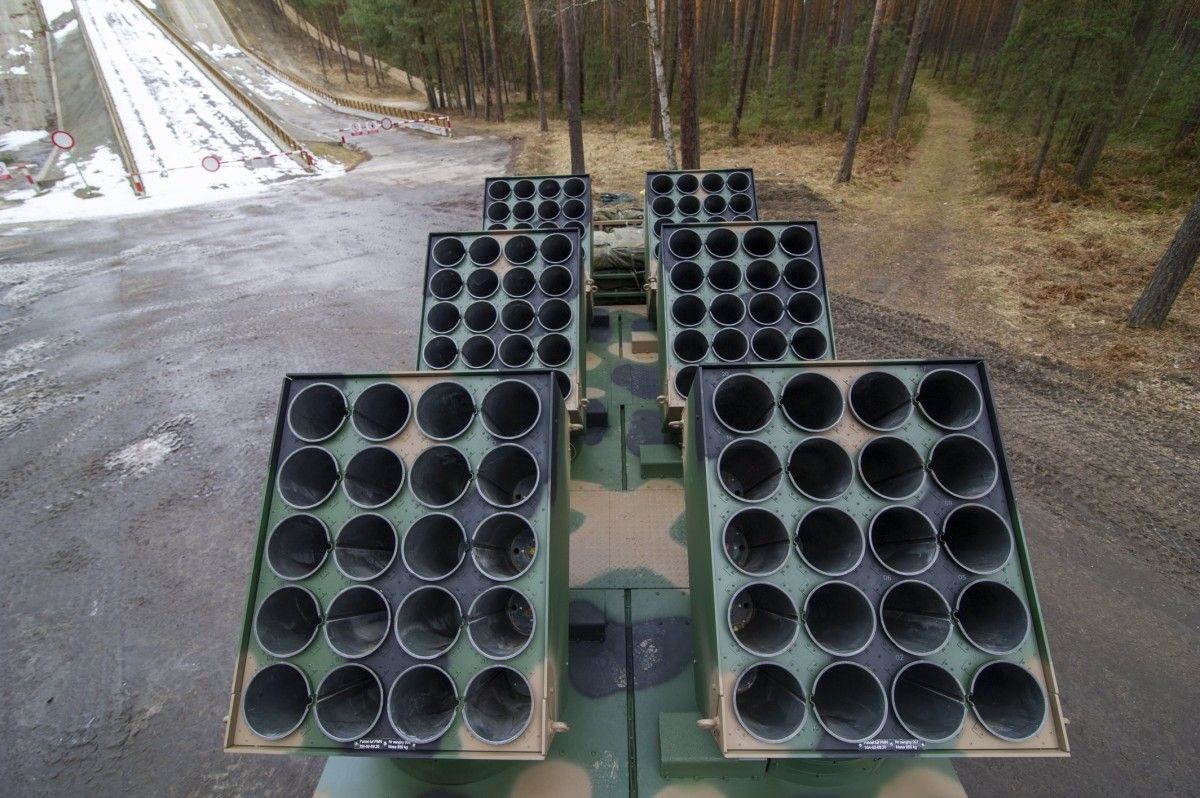The deterrence was not adequate and there was an armed conflict. The defenders did not have easy due to the fact that the opponent was strong and clever. This is the script of "Grifin Lightning", Natowski maneuvers on the east flank. “This is the kind of exercise we wanted, due to the fact that it is easy to win with a weak opponent,” says General Dariusz Parylak, commander of the Multinational North East Corps.
On Monday, in the Baltic barracks in Szczecin, the office of the staff Multinational North East Corps, the commanders summarized the course of the largest exercises in this six months on the east flank of NATO. "Griffin Ligtning ‘25’ lasted over a period and ended on June 15. They were not only the largest specified command and relay exercises, but besides extended field activities with the usage of troops at division level, brigades and battalions. They were attended by both Corps staff and 21 subordinate units from the 11 States of the Alliance. The exercises took place in 4 countries: Poland, Lithuania, Latvia and Estonia.
The "Grifin Lightning" consisted of 2 phases: the first (May 12 to 23), which consisted of training with troops and active 26,000 soldiers. NATO multi-national squadrons and combat groups were involved. It is worth noting that at this phase German aviation was deployed on an unprecedented scale (for exercises outside Germany) – in strength of 30 helicopters and 800 soldiers. On the another hand, the second phase (in command and relay) lasted from 28 May to 13 June in Szczecin with the participation of almost 1200 practitioners. With more than 800 military arrived outside Corps Command From the Czech Republic, Estonia, Lithuania, France and large Britain, among others.
Not only the military, but besides security, public administration and civilian defence services participated in the activities.
The key component of “Griffin Lightning ‘25” was a round-the-clock computer simulation, mapping the possible course Defense of NATO's east flank. Soldiers posing as the enemy's actions kept changing the situation, forcing them to respond rapidly in real time. The commanders had to make and modify their decisions under time pressure. “The exercises were expected to be as hard as they were,” she admits. Lieutenant General Dariusz Parylak, Corps Commander. And his deputy, Danish general Dyw. Brian Nissen, adds: "The opponent was unpredictable, aggressive, wise and dynamic.
But, as General Parylak emphasizes, it was about facing a strong and unpredictable army. – Exercises were defensive, but responding to the aggressive actions of the opponent, we showed our fighting abilities – he said.
How did the exercise squad go? We didn't justice ourselves due to the fact that we'd most likely be biased, but artificial intelligence did. The strategy pointed out the mistakes we made during the operation," explains General Parylak. That's what we need. They show our strengths and what we inactive gotta train in," concluded the general.
The commander announced that the next challenge for the Multinational North-East Corps would be the examination scheduled for the first half of 2026. Then the Corps' ability to conduct the operation itself will be assessed.
The multi-national North-East Corps now fulfils the function of a fast consequence combat corps in the structure of NATO forces. He is liable for all the Alliance's land troops on the alleged east flank. It is besides ready to command NATO's fast consequence forces if they were deployed in the region and so to presume work for conducting all ground operations in the north-east of Europe.
MNCNE Command was established on September 18, 1999, in the year of Poland's accession to NATO. Together they were created by Poland, Denmark and Germany. Today, the Corps forces represent as many as 20 armies of states The North Atlantic Alliance And allied.

